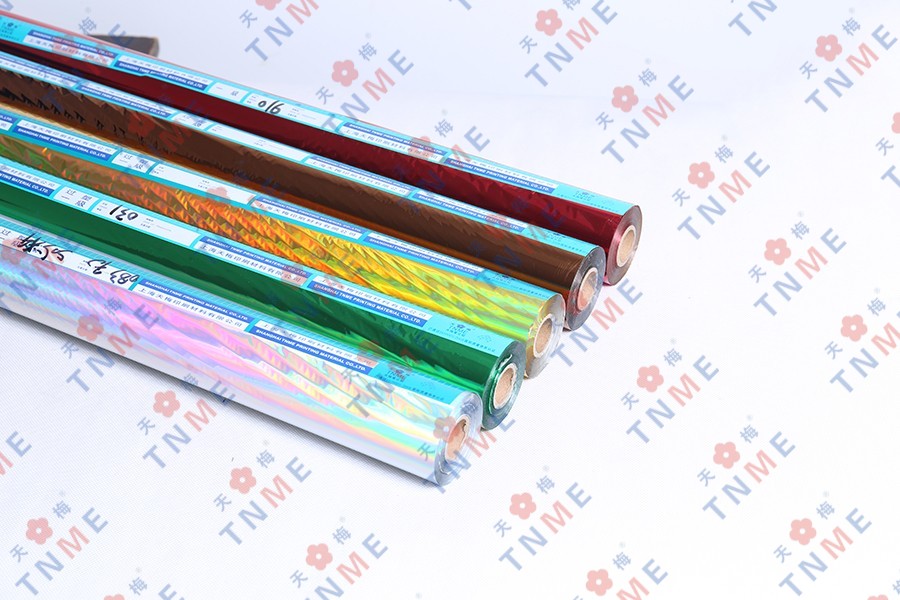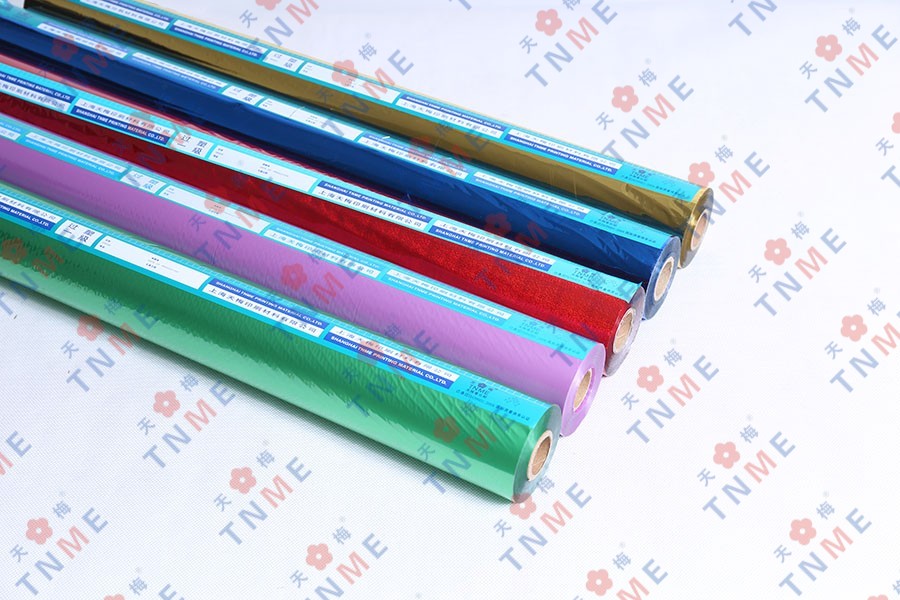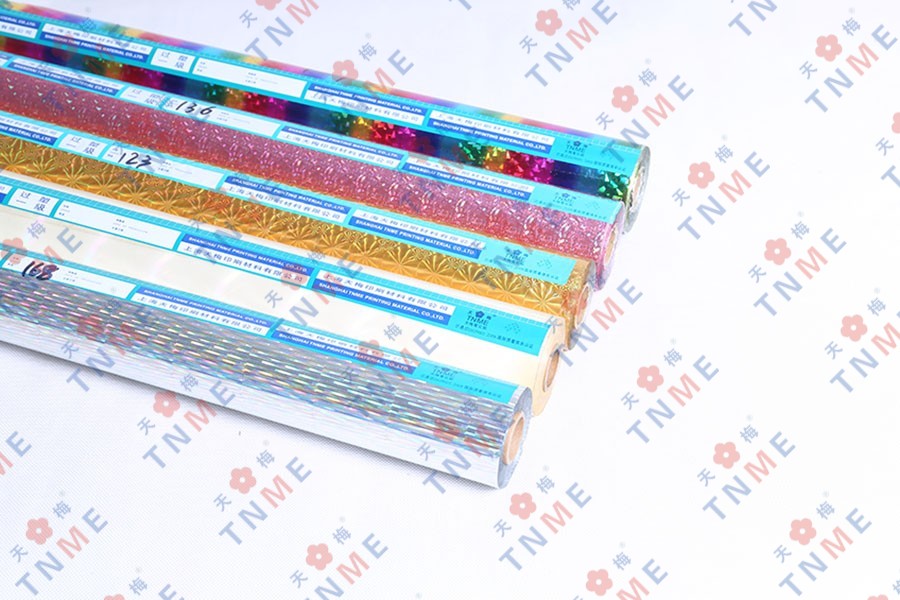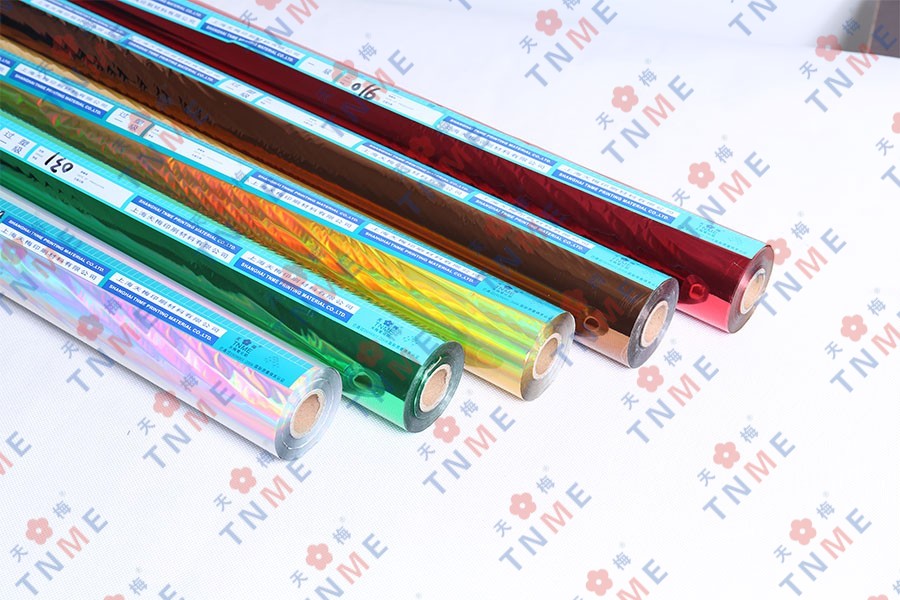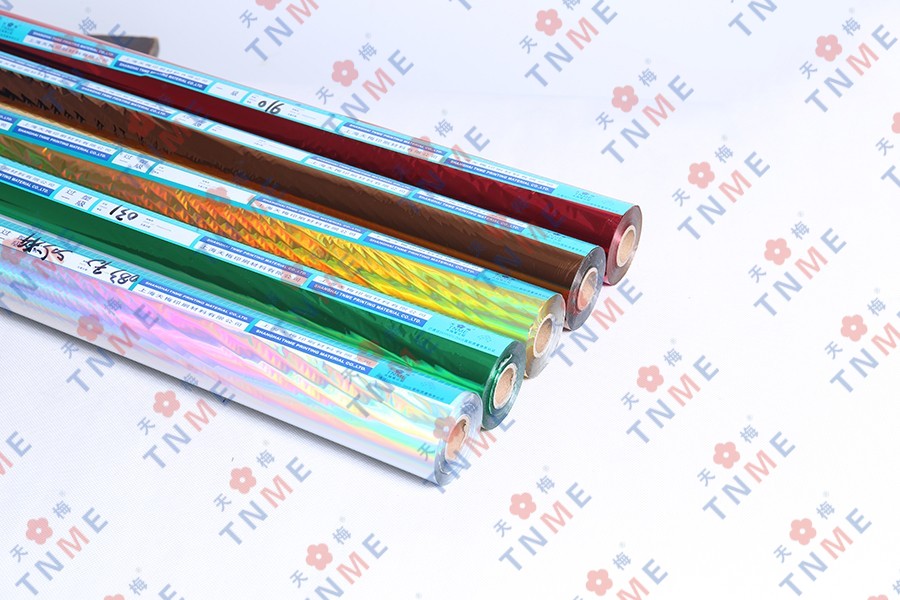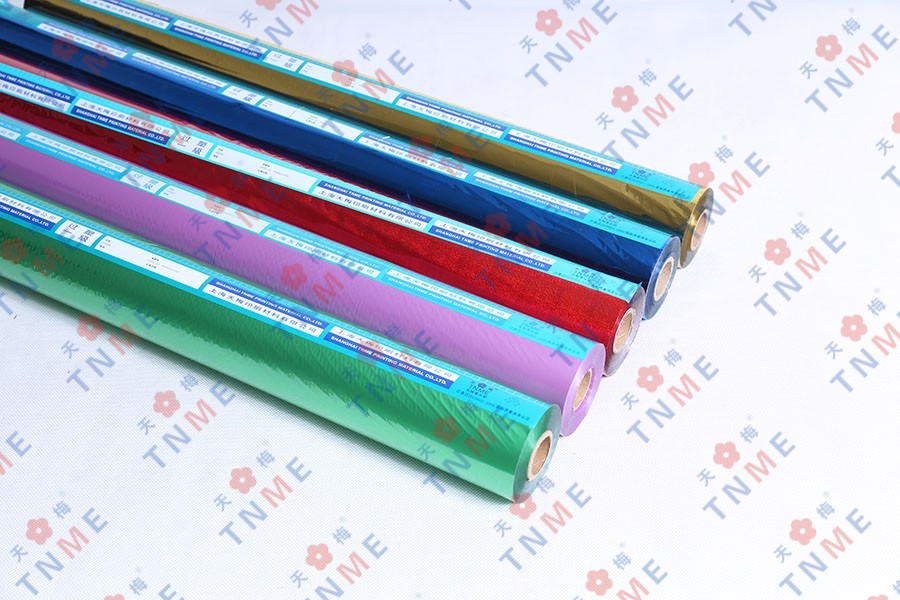Can UV Materials Foil Be Combined with Other Finishing Techniques?
UV materials foil has become a cornerstone in modern printing and packaging, offering a unique combination of durability, aesthetic appeal, and versatility. Unlike traditional foiling methods, which rely on heat or pressure, UV materials foil utilizes ultraviolet curing technology to achieve precise, high-quality metallic and decorative finishes. One of the most compelling aspects of UV materials foil is its compatibility with other finishing techniques, such as embossing, spot UV coating, and digital printing.
1. How Does UV Materials Foil Integrate with Embossing for Enhanced Texture and Depth?
Embossing has long been used to create tactile, three-dimensional effects on printed materials. When combined with UV materials foil, the result is a striking visual and sensory experience that elevates packaging, business cards, and luxury branding.
The key to successful integration lies in the sequence of application. In most cases, embossing is performed first to create a raised or recessed design, followed by the application of UV materials foil. This ensures that the foil adheres precisely to the textured surface without cracking or misalignment. However, certain substrates may require adjustments in pressure and curing time to prevent foil peeling or uneven adhesion.
A critical consideration is the choice of adhesive. UV materials foil relies on UV-curable adhesives that must bond effectively with both the embossed substrate and the foil layer. Some textured papers or synthetic materials may require pre-treatment to enhance adhesion. Additionally, deep embossing (such as sculpted or multi-level embossing) demands careful calibration to avoid foil breakage in high-relief areas.
Industry applications demonstrate the effectiveness of this combination. High-end cosmetic packaging, for example, often uses UV materials foil alongside embossing to create a premium look and feel. Similarly, luxury stationery and corporate branding materials benefit from the interplay of metallic shine and tactile depth.
2. What Are the Best Practices for Combining UV Materials Foil with Spot UV Coating?
Spot UV coating—a technique where a glossy, raised UV layer is applied to specific design elements—can enhance the visual contrast of UV materials foil. The interplay between matte surfaces, metallic foil, and high-gloss spot UV creates a dynamic, multi-dimensional effect.
The order of application is crucial. Two primary approaches exist:
- Foil First, Then Spot UV – This method ensures that the foil remains undisturbed by subsequent coating processes. The spot UV layer is applied over the foil, enhancing its reflectivity while adding a protective top coat.
- Spot UV First, Then Foil – In some cases, applying foil over cured spot UV can create unique effects, such as a metallic sheen on glossy surfaces. However, this requires precise registration to avoid misalignment.
Material compatibility is another critical factor. Certain substrates, such as uncoated paper, may absorb UV coatings unevenly, leading to inconsistencies in foil adhesion. Coated stocks, on the other hand, provide a smoother surface for both foil and spot UV application.
A common challenge is avoiding cracking or delamination, particularly in high-flex areas like folding cartons. To mitigate this, printers often use flexible UV coatings that expand and contract with the substrate. Additionally, proper curing under UV lamps ensures that both the foil and coating layers bond securely without premature wear.
Examples of successful integration include premium product labels, where UV materials foil highlights logos while spot UV adds durability and shine. Similarly, high-end book covers leverage this combination to create visually striking designs that stand out on retail shelves.
3. Can UV Materials Foil Work with Digital Printing for Short-Run Customization?
The rise of digital printing has revolutionized short-run and on-demand production, but integrating UV materials foil with digital workflows presents unique challenges. Unlike offset printing, which uses oil-based inks, digital printing relies on toner or inkjet technologies that may not always bond well with foil adhesives.
Key considerations include:
- Substrate Compatibility – Toner-based prints (e.g., from HP Indigo) generally accept foil better than aqueous inkjet prints due to their smoother surface. Some digital presses now offer inline foiling units, streamlining the process.
- Adhesion Techniques – UV materials foil requires a receptive adhesive layer, which can be applied via digital primer or pre-treated sheets. Some printers use hybrid methods, where foil is applied offline after digital printing.
- Registration Precision – Digital printing allows for variable data and intricate designs, but foil application must align perfectly. Advanced registration systems ensure accuracy, even in complex patterns.
The demand for personalized packaging—such as limited-edition cosmetics or bespoke event invitations—has driven innovation in this space. Manufacturers are developing low-migration UV adhesives that work seamlessly with food-safe digital inks, expanding applications in luxury consumables.
Emerging trends include variable-data foiling, where unique foil patterns are applied to each printed piece, enabling mass customization without compromising efficiency.
4. What Are the Technical Limits of UV Materials Foil in Multi-Technique Finishing?
While UV materials foil offers remarkable versatility, certain constraints must be acknowledged to ensure successful production.
Substrate Limitations
Not all materials are suitable for multi-technique finishing. Rough or highly absorbent papers may struggle with foil adhesion, while synthetic substrates (e.g., PET or PP films) require specialized primers.
| Substrate Type | Compatibility with UV Materials Foil |
| Coated Paper | Excellent adhesion, smooth surface |
| Uncoated Paper | May require pre-treatment |
| Synthetic Films | Needs primer for reliable bonding |
| Textured Stocks | Risk of uneven foil application |
Cost vs. Benefit Analysis
Combining multiple finishing techniques increases production complexity and cost. For large runs, the investment is justified by the premium result, but short runs may require careful planning to remain economical.
Future Innovations
Advancements in LED-UV curing promise faster production speeds and energy efficiency, while eco-friendly adhesive formulations address sustainability concerns.
UV materials foil continues to redefine print finishing by enabling seamless integration with embossing, spot UV, and digital printing. Understanding its technical requirements—from substrate selection to curing parameters—ensures optimal results. As technology evolves, the boundaries of what can be achieved with UV materials foil will expand, offering even greater creative and functional possibilities for the printing industry.




 English
English 中文简体
中文简体
